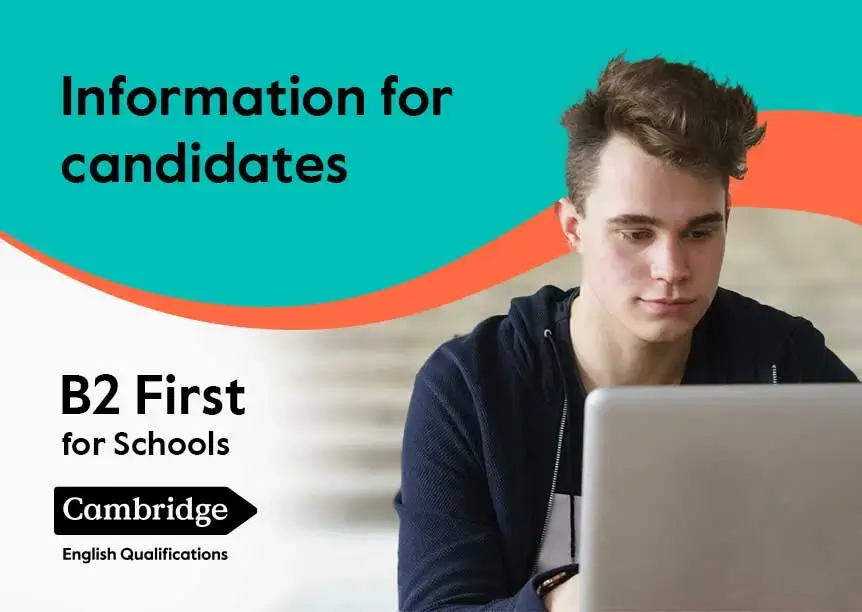The B2 First for Schools exam, formerly known as Cambridge English: First for Schools (FCE for Schools), is one of the official Cambridge English Qualifications designed for school-age learners. It gives students the confidence to use their English in the real world.
A B2 First for Schools qualification shows that a student has the language skills (Reading & Use of English, Writing, Listening and Speaking) they need to communicate in an English-speaking environment. It’s also a great way to prepare for higher-level exams such as the C1 Advanced exam.
The B2 First for Schools is targeted at the same CEFR level as the B2 First exam but with content aimed at school-age learners rather than adults.




